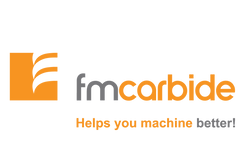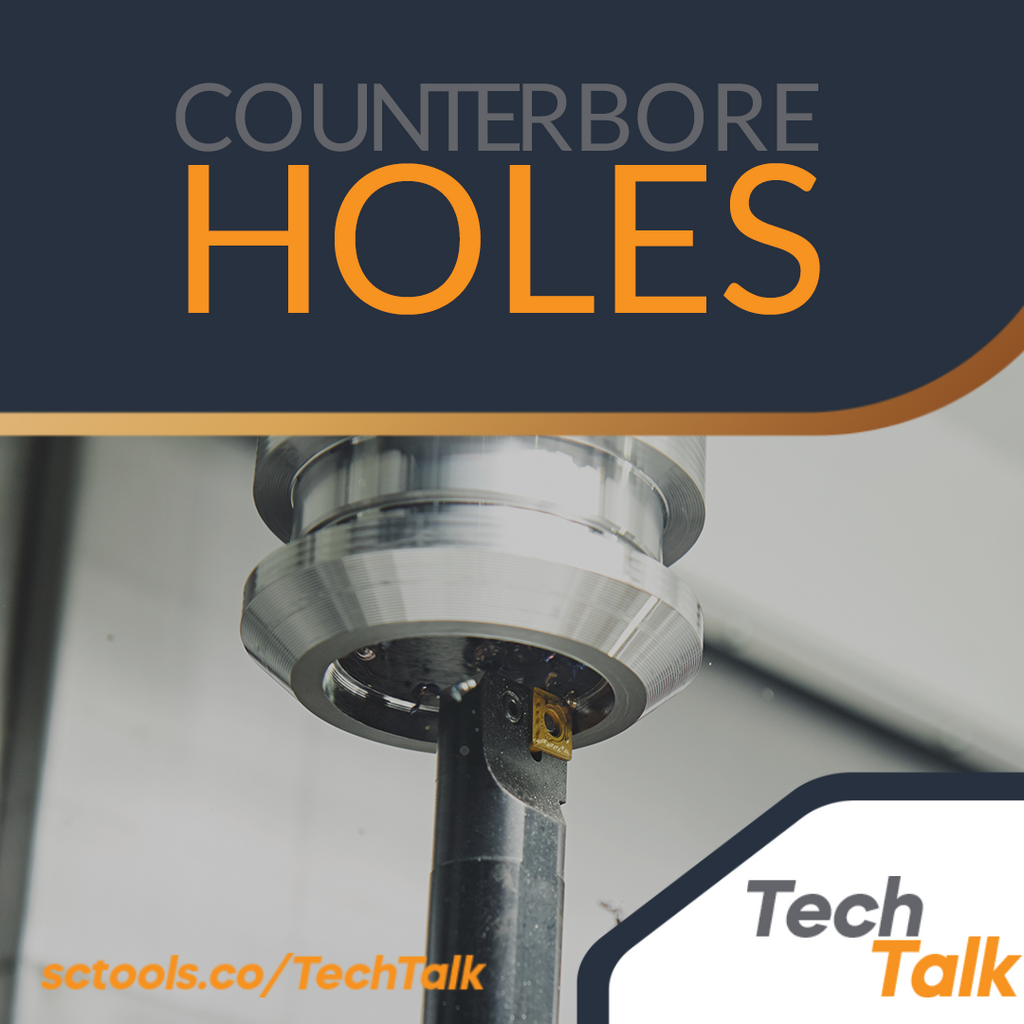When a screw or bolt needs to be inserted into a surface that must be flush with, or just below, the surface of the material, a counterbored hole is typically employed. As an illustration, a cap screw with a socket head and a counterbored hole lie flush with the surface, whereas a screw with a hex head and a simple clearance hole sit above the surface.
Counterbore Dimensions
Fit categories can be classified into two types:
Close Fit
In assemblies with only one screw to be used, the close fit is often restricted to holes for those lengths of screws that are threaded to the head, and the mating holes are to be made either at an assembly or by matched and coordinated equipment.
Normal Fit
The regular fit is designed for screws with reasonably long lengths or assemblies with two or more screws, where the mating holes will be made using traditional tolerancing techniques.
This allows for variation in the parts to be fastened, including deviations in hole straightness, angularity between the tapped hole axis and the shank hole axis, differences between the center distances of the mating holes, etc. It also specifies the maximum allowable eccentricity of the longest standard screws.
Counterboring Application
Counterboring produces a flat-bottom hollow, whereas countersinking produces a conical cavity that fits the angled shape of the underside of a flathead screw. This enables the screw or bolt's flat bottom and heads frequently used in conjunction with a washer to rest within the counterbore fully.
A deeply set flathead screw frequently has a hollow almost the same size as the screw head. The counterbore cavity, however, is a little bigger than the head. This makes room for a washer and a driving tool, like a socket wrench.
Counterboring fabricates a cylindrical chamber with a bigger diameter at the head of a pre-drilled hole. When the two work components' two flat sides are linked, the pre-drilled hole is supposed to hold the fastener and keep the two from separating. At least the depth and width of the fastening head are matched by the larger cavity.
The Basics of Counterbore
- The counterbore makes a preformed hole larger when a flat bottom is required. It is also used to spotface when a machine finish is desired.
- A pilot may be used with the counterbore, an end-cutting tool, to align the expanded hole machined with the preformed hole.
- The three-flute counterbore tends to improve polish and lessen chatter.
- Coatings are particularly efficient.
Difference Between Counterboring and Countersinking
Counterboring is a technique used for screws with tapered heads. Countersinking, on the other hand, is utilized for flat-headed screws. Countersinking ensures that flat-headed screws are properly seated in the workpiece. A countersink creates a conical hole that allows the screw head to sit comfortably on or below the surface. Angles like 82, 90, and 100 are frequent for countersinks.
Counterboring expands an existing hole so that a tapered screw can fit into the hole and secure the workpieces. The chamber angle of a counterbore is 0 degrees. So, consider the type of screws you use when deciding between counterboring and countersinking, as that is what will assist you in making the decision.
As a CNC machine operator, when you encounter a workpiece whose dimensions are measured differently, it's essential to convert the print to your preferred measuring system and run the job as normal.
However, while changing measurement systems, it's important to note that feed rate specifications are given in millimeters per minute/revolution rather than inches per minute/revolution as they are in the imperial system.
Both surface feet and meters per minute are used to measure spindle speed in the constant surface speed mode (for turning centers). It is the same with thread pitch, specified in millimeters for metric measurements and inches for imperial measurements.
Throughout the industrial world, metric dimensions and imperial dimensions are the most commonly used sizes. At SCTools, we provide solutions to industrial businesses needing drilling, turning, threading, cooling, and milling equipment.
| If you have any questions about carbide cutting tools, end mills, drills, etc. be sure to reach out to us @ sctools.co/Home or call us at (877)737-0987. We help you machine better! |



Comments (0)